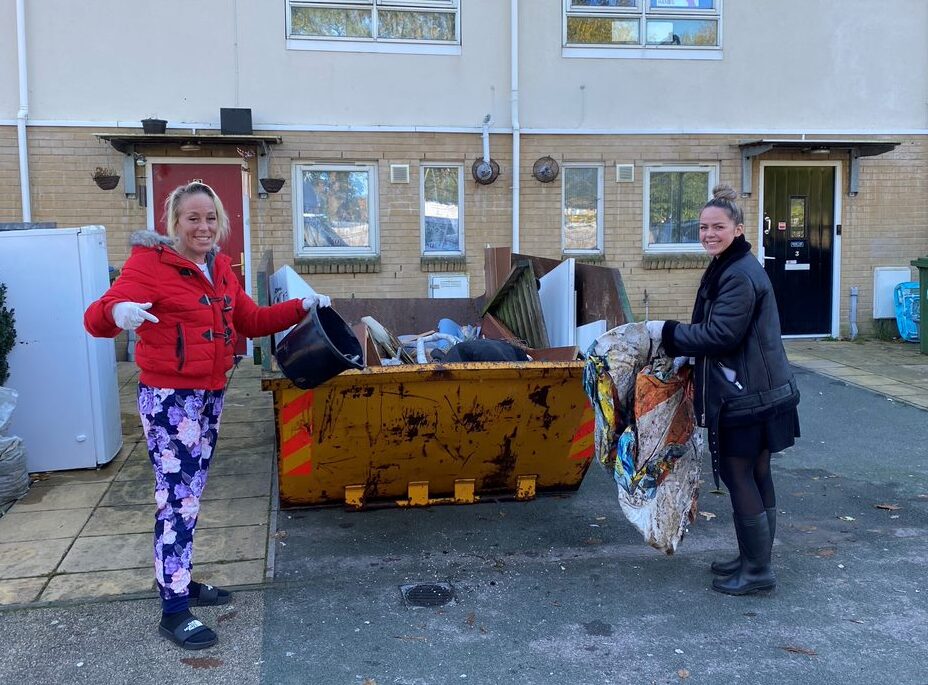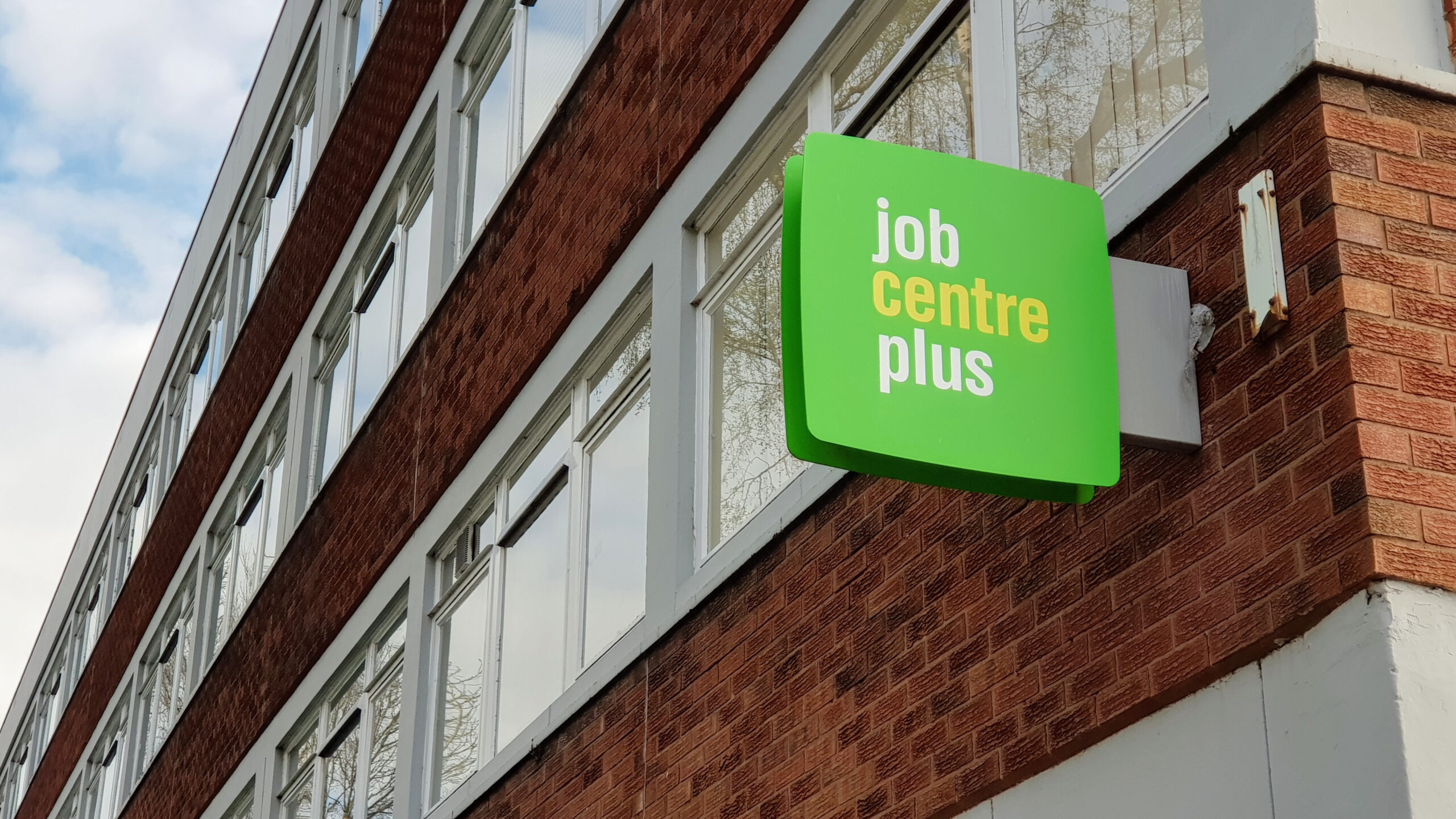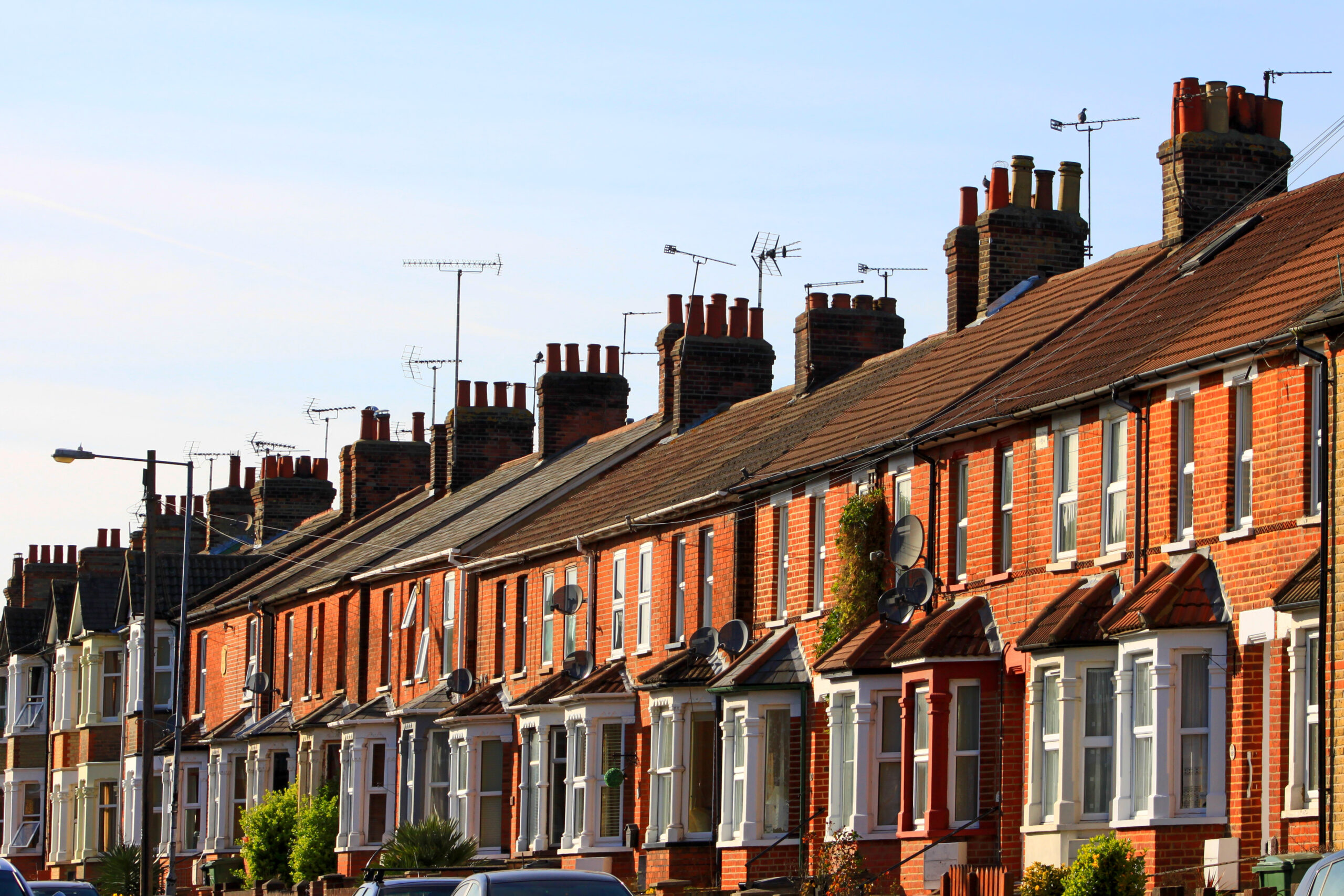 By Richard Blakeway, the Housing Ombudsman
By Richard Blakeway, the Housing Ombudsman
The new regulatory landscape sends a clear message: landlords need to know who lives behind the door as well as maintaining the home. Often our casework shows the two things are indivisible: overlooking individual circumstances could present risks or hazards to the resident as well as the landlord.
This means services need to adapt to a changing demographic. Frontline staff should be empowered to deliver fair outcomes, as well as management ensuring there’s a clear framework for consistent decision-making.
As our Spotlight report, Relationship of Equals, shows, complaints are a vital tool to navigate this complex landscape, especially given how the increase in mental health difficulties and housing shortages have made for an increasingly challenging environment.
“Crucial is focus on not only considering the world of social housing today but also tomorrow”
The report showed many landlords have good policies in place to assist residents and every recommendation we made was based on a piece of existing good practice. Yet it also showed that for other landlords, their current approach is potentially inadequate for responding effectively.
Crucial is focus on not only considering the world of social housing today but also tomorrow. Consider Chris Whitty’s last annual report where he set out how the NHS, social care and government must start planning more systematically on the basis of where the population will age in the future. The Marmot review over a decade ago also considered housing and health inequalities.
So, long-term housing plans shouldn’t just focus on supply and affordability but be reflective of the reality of what ‘general needs’ housing means, now and in the future. It’s no longer possible to make an artificial distinction between health and housing, or between housing and social care, and it’s important that landlords’ plans include that. It’s almost more important to consider accessibility, aids and adaptations to existing homes, as well as the level of service provision, communication and relationship building.
Our report discusses how some landlords have restructured their housing departments to better meet residents’ needs.
Given the complexity and challenges, the governing body of the landlord needs to be central to ensuring the strategic direction is the right one. So, how can the executive team engage the board in these discussions? Is your board assured that the current approach to vulnerabilities is working? Can you demonstrate relevant policy is being implemented? If not, where does the disconnect lie? Does your approach align with The Equality Act, the Human Rights Act and the Care Act? Do you offer a ‘human-centric’ service provision. Given we live in an aging society, have you considered training on handling dementia, sight and hearing loss? If your board commissioned a “Resident of the Future” forecast for the next ten years, what would it like look like, and where would you foresee gaps? How and why do you keep records, and have you reconsidered your approach in light of recent guidance from the Information Commissioner? How are you raising awareness of the complaints procedure to ensure it’s accessible for residents who may face barriers to raising a complaint, as required by the now statutory Complaint Handling Code?
A social landlord is so much more than bricks and mortar – and our report and these recommendations should help landlords achieve the vision and values that inspire so many to have careers in the sector.





















